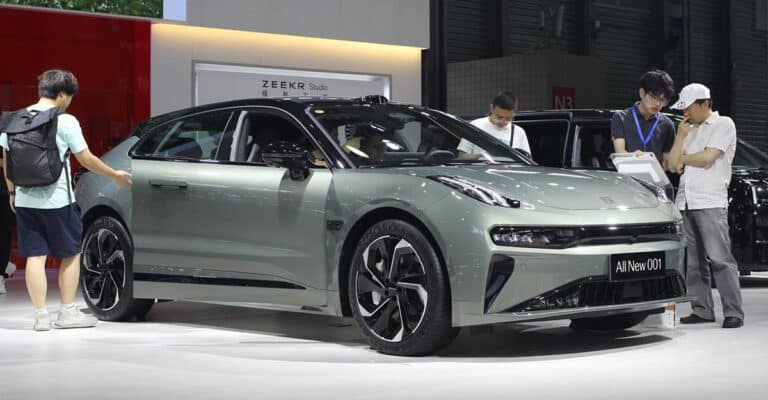BYD and Leapmotor will benefit the most, followed by Xpeng, Geely Auto, Changan, Great Wall Motor and GAC due to their relatively large exposure to low-priced vehicles, said Deutsche Bank.

China announced earlier today that it is doubling subsidies for old-vehicle replacements in a bid to encourage auto consumption. In Deutsche Bank's view, lower-priced models will benefit more.
“As this subsidy amount is the same for different vehicle price ranges, we think this trade-in subsidy should benefit lower-priced vehicles most (due to the higher subsidy to vehicle price ratio), especially for low-priced NEVs,” analyst Wang Bin's team said in a research note today.
The team sees BYD (HKG: 1211, OTCMKTS: BYDDY) and Leapmotor benefiting the most, followed by Xpeng (NYSE: XPEV), Geely Auto, Changan Automobile, Great Wall Motor and GAC due to their relatively large exposure to low-priced vehicles.
China's Development and Reform Commission and Ministry of Finance jointly issued a new announcement today updating a late-April policy that raises the subsidy for old-vehicle trade-ins for new energy vehicles (NEVs) to RMB 20,000 ($2,770) from RMB 10,000, while the subsidy for fuel vehicles of 2.0 L and below has been raised to RMB 15,000 from RMB 7,000.
In the two months since the last auto trade-in subsidy was launched, from April 24 to June 25, only 113,000 vehicles applied for the subsidy, far below the government's expectations, Wang's team said.
Meanwhile, overall sales growth in China's passenger car industry has slowed sharply in the past two months. These may be the reasons why the government decided to double the amount of the trade-in subsidy per vehicle to stimulate auto consumption, the team said.
The government previously budgeted RMB 11.2 billion yuan for scrapping 3.78 million vehicles. According to the finance ministry's budget document for car trade-in subsidies, the government has allocated RMB 11.2 billion for the program, the team said.
In the same document, the finance ministry aims to scrap 3.78 million cars for the full year of 2024, the team noted.
In a joint announcement on April 12, several Chinese government departments said the goal is to increase recycling of scrapped cars by 50 percent by 2025 compared to 2023, and to double the amount of scrapped cars recycled by 2027 compared to 2023.
($1 = RMB 7.2259)

